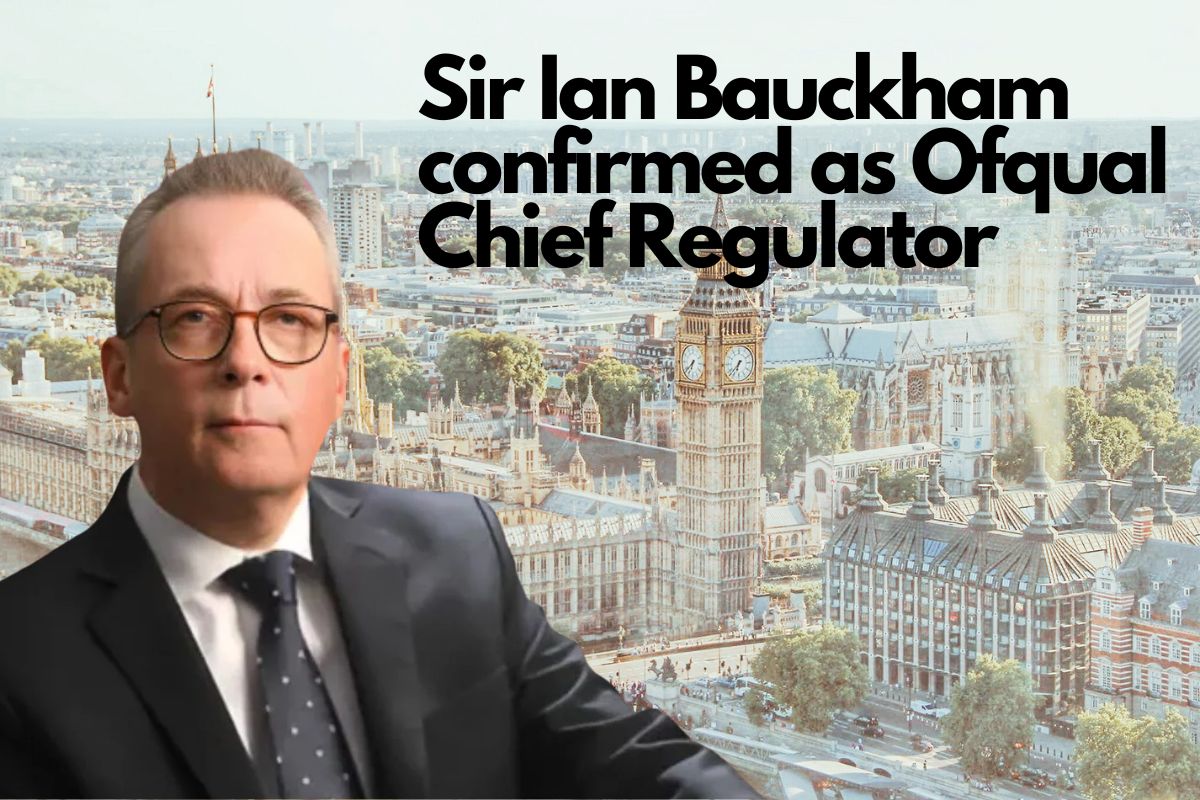COVID-19: Three tips to get your school transport up and running again

As pupils begin a phased return to schools following months of COVID-19 lockdown, beginning with selected primary schools and year groups, and expanding from there over the coming months, Richard Woods, chief operating officer at school transport specialist Kura has revealed three of the most important considerations for schools looking to safely run school transport services for returning pupils each day.
While children getting back into the classroom is crucial for their wellbeing and future prospects, this will not have come at a welcome time for many parents also required to begin going back to work. These parents may not always have the time for the daily school run in current circumstances and may harbour concerns about placing their child on reduced public transport services, where social distancing isn’t possible, bringing them into close proximity with pupils from multiple other households.
With walking, cycling and public transport not logistically-viable for all in the current climate, shared, school-managed transport remains a safe, greener way for pupils to reliably get to and from school, if the right measures are put in place.
Let’s take a look at the key precautions below:
1. Ensure vehicles are safe for transporting pupils
Making sure pupils are protected when they are aboard school transport is a crucial issue, which will of course be front of mind for concerned parents – particularly those living in rural areas who may have no viable alternative. To this end, seating plans should be put in place ahead of time, with pre-assigned seats – ideally no more than one per row – specifically put aside for pupil use. This can be signalled by fastening the seatbelts on seats that are not for pupil use, and placing signage around the vehicle indicating that students are not to use seats with fastened seatbelts.
Social distancing procedures should also be put in place when pupils are boarding and alighting school vehicles. Specifically, drivers should be instructed to exit the vehicle and stand at least 2m (one car length) away from the doors while students embark and disembark. When boarding the vehicle, students should fill the designated seats towards the rear of the vehicle first, and when leaving the vehicle students should exit from the front of the vehicle initially.
Between journeys, all vehicles must be sanitised by drivers and/or school staff, with special attention paid to touchpoints such as armrests and windows, in order to minimise the risk of disease transmission.
Where possible, schools should also look to invest in contact-tracing technology, that will allow them to monitor and control who exactly boards each vehicle, in order to ensure that any pupil or member of staff that exhibits symptoms is properly isolated. While manual systems, such as paper-based registers, can accomplish this, these solutions are susceptible to human error and are not nearly as quick, reliable or efficient as digital solutions.
Kura’s smart registration software, which is in use in schools across the UK, allows schools to keep track of exactly who has travelled on the bus each day, to facilitate contact tracing. Updates to the service and processes mean parents can be safe in the knowledge that their children will only be riding with pre-approved passengers, while remaining the Government-mandated two metres apart from the next passenger.
2. Increase capacity on travel routes
Given that each vehicle will carry fewer pupils-per-journey than pre-COVID, schools must also consider how to ensure all pupils who need school-managed transport can get to school on time. If the capacity is available, assigning multiple vehicles to each transport route is an effective temporary measure for this.
Alternately, schools could consider running “staggered” shuttle services, wherein one vehicle runs the same route multiple times – with all the necessary precautions taken between each trip – picking up the pupils that live furthest away from the school first, and then making another trip for pupils that live closer to the school.
3. Look to procure larger vehicles
There are a range of vehicles typically used for school-managed transport, from smaller, 16-seater minibuses right the way through to 53-seater school coaches. While all can technically accommodate some pupils while adhering to government-issued social distancing measures, this will be far more difficult to achieve in smaller vehicles such as minibuses.
Subsequently, schools should liaise with their chosen transport provider to see if they are able to provide larger vehicles over the coming weeks and, if this is not possible, look to procure larger vehicles from alternative suppliers in the area. One 53-seater coach can safely transport as many as 13 pupils to and from school with full social distancing, and will therefore be more suited to the needs of many schools that need to transport a large number of pupils inside time-limited windows, such as the beginning and end of the school day.
Where possible, schools should also ensure pupils from different households are kept separated, both at the bus stop and on the vehicle, in order to maintain safe social distancing and minimise the spread of infection.
Richard Woods, chief operating officer at school transport specialist Kura











Responses